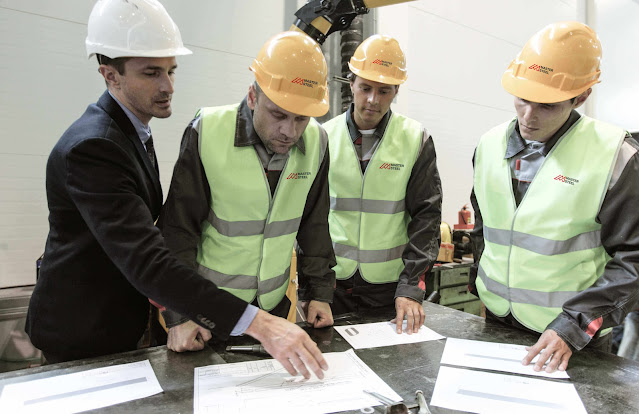In 2022, manufacturing industry innovations are at new heights, including steel fabrication. Steel is one of the most produced and generally used iron-based alloys. China, India, and Japan are the largest producer and consumers of steel.
Steel fabrication is the backbone of human civilization and industrialization because of its low cost, reliability, flexibility, and superior mechanical properties in the application. Regardless of the dawn of polymers and composites of steel components, this ultimate unique iron alloy will remain an essential part of any fabrication process.
How is Steel Fabricated?
Steel fabrication is the best technological innovation in manufacturing steel structures by cutting, bending, and assembling processes. All structures and machines made of iron, steel, or other alloys can be called fabrications.
In most cases, the steel fabrication tasks are done at “fabrication workshops or fab shops” or sometimes, while some service providers offer on-site welding facilities.
The general processes require in the fabrication of
steel structures are the following:
- Cutting & Burning: Steel is cut to design requirements using cutting techniques and relevant tools like band saws. The most popular tool used in cutting steel is the CNC cutting torch or extreme water jet spray.
- Forming: Once
cutting and burning are completed, steel is deformed using dies and
punches techniques. In addition, forming can also be done with the help of
linear grating. Proper design and use of tools can help to produce a
repeatable form.
- Machining: The process removes unwanted material from the prefabricated steelwork to accomplish the abstracted shape. Some of the machines used in the process are mills, lathes, and drills.
- Welding: The machined product is then assembled, and with the help of an oxy-acetylene torch, they get attached as per engineering drawings.
- Final Assembly: Once the welding is done, the product gets assembled.
The Future of Steel Fabrication in Industry
Many famous steel fabricators have partially
automated all fabrication processes by introducing robots. Robot welders,
formers, cutters, makers, and drillers are way more efficient than humans.
However, relying entirely on automation is still a distant dream and not yet
possible.


Comments
Post a Comment